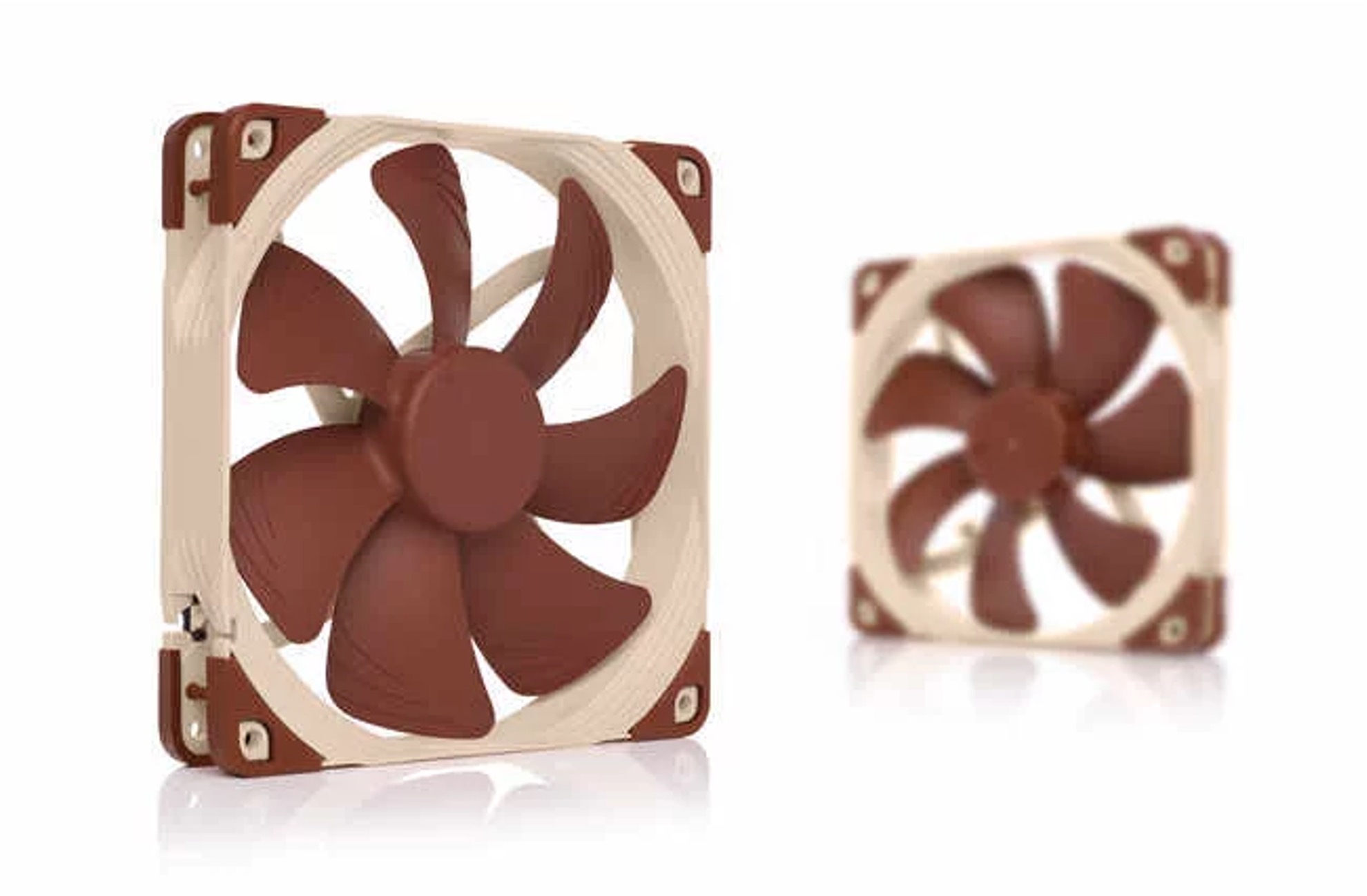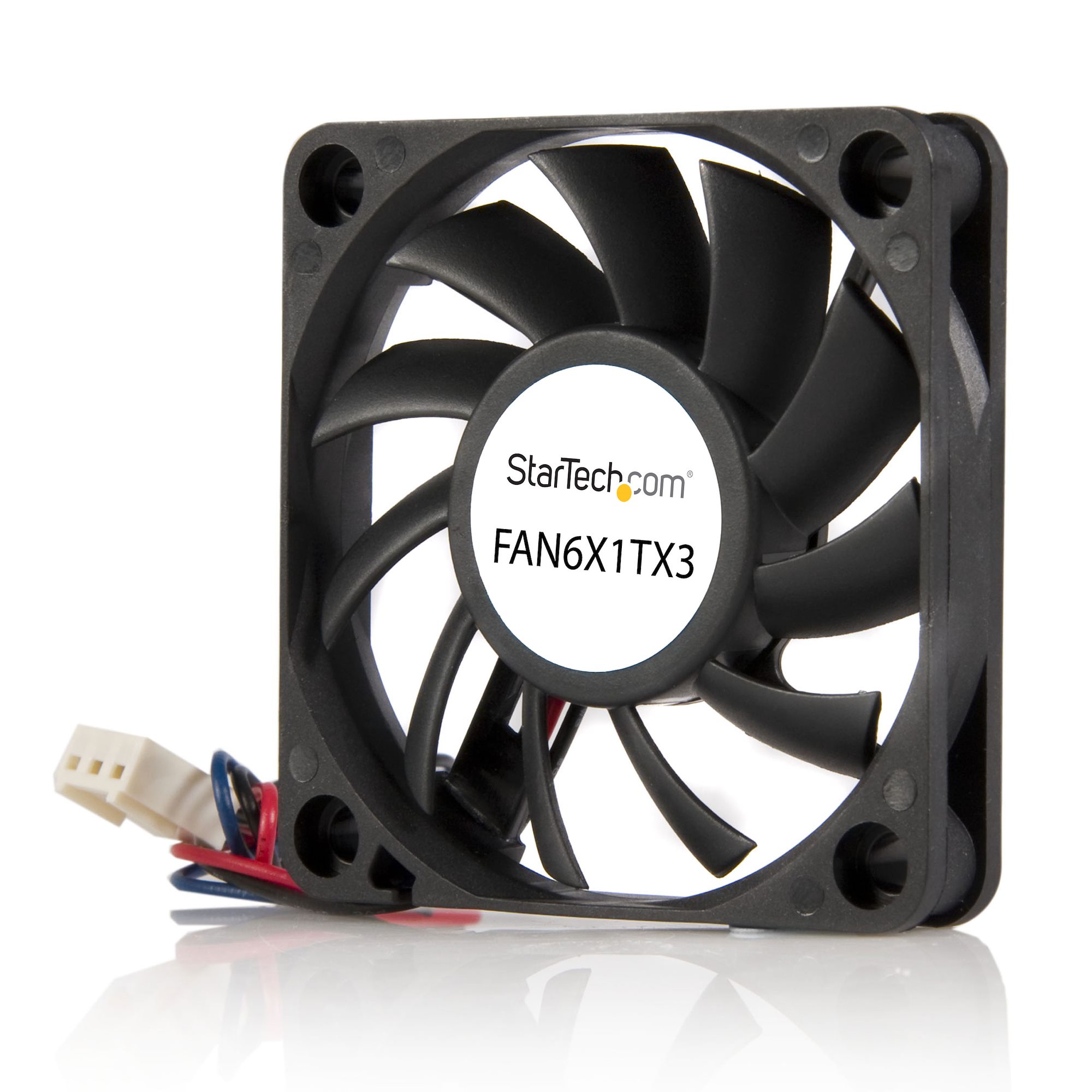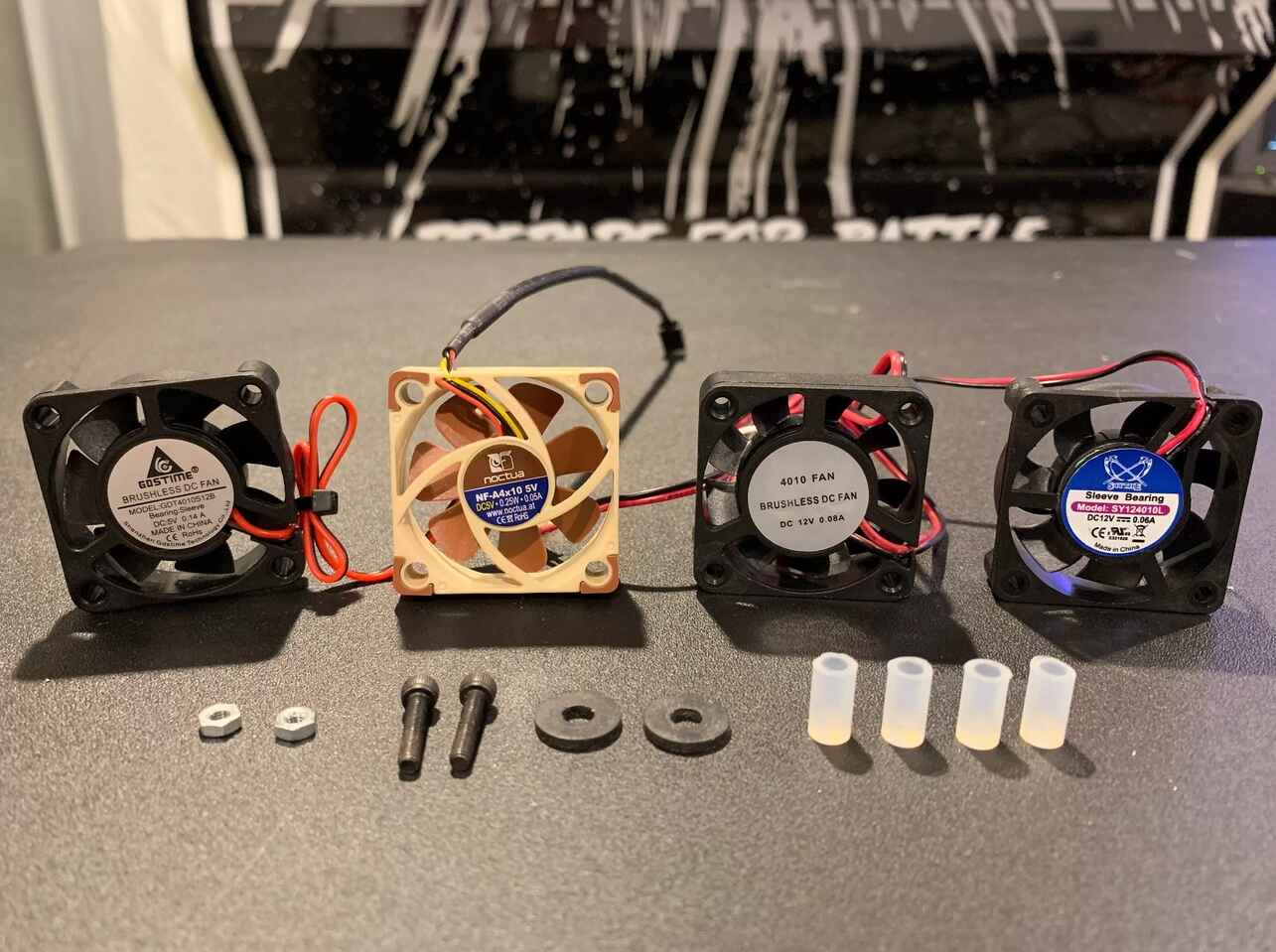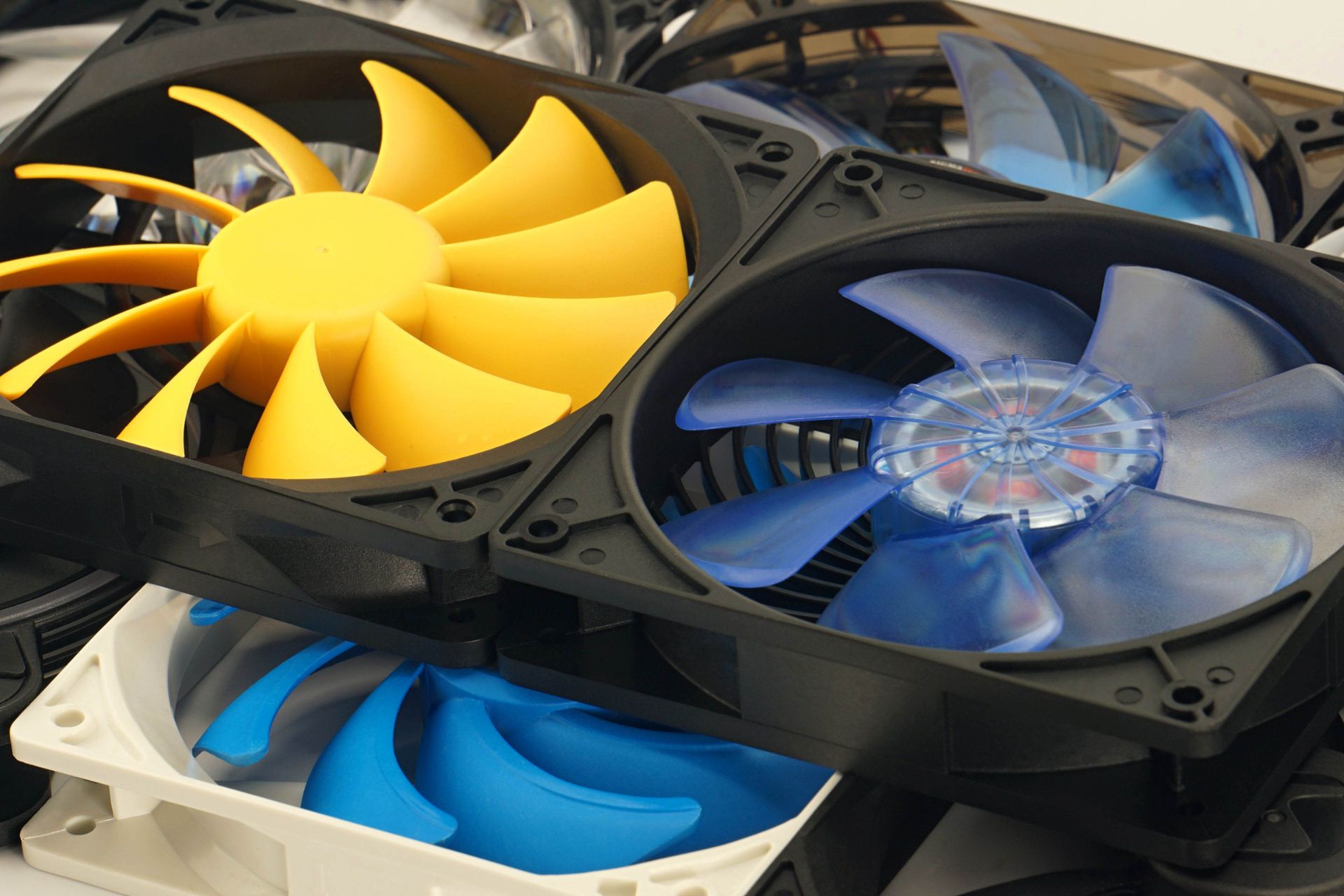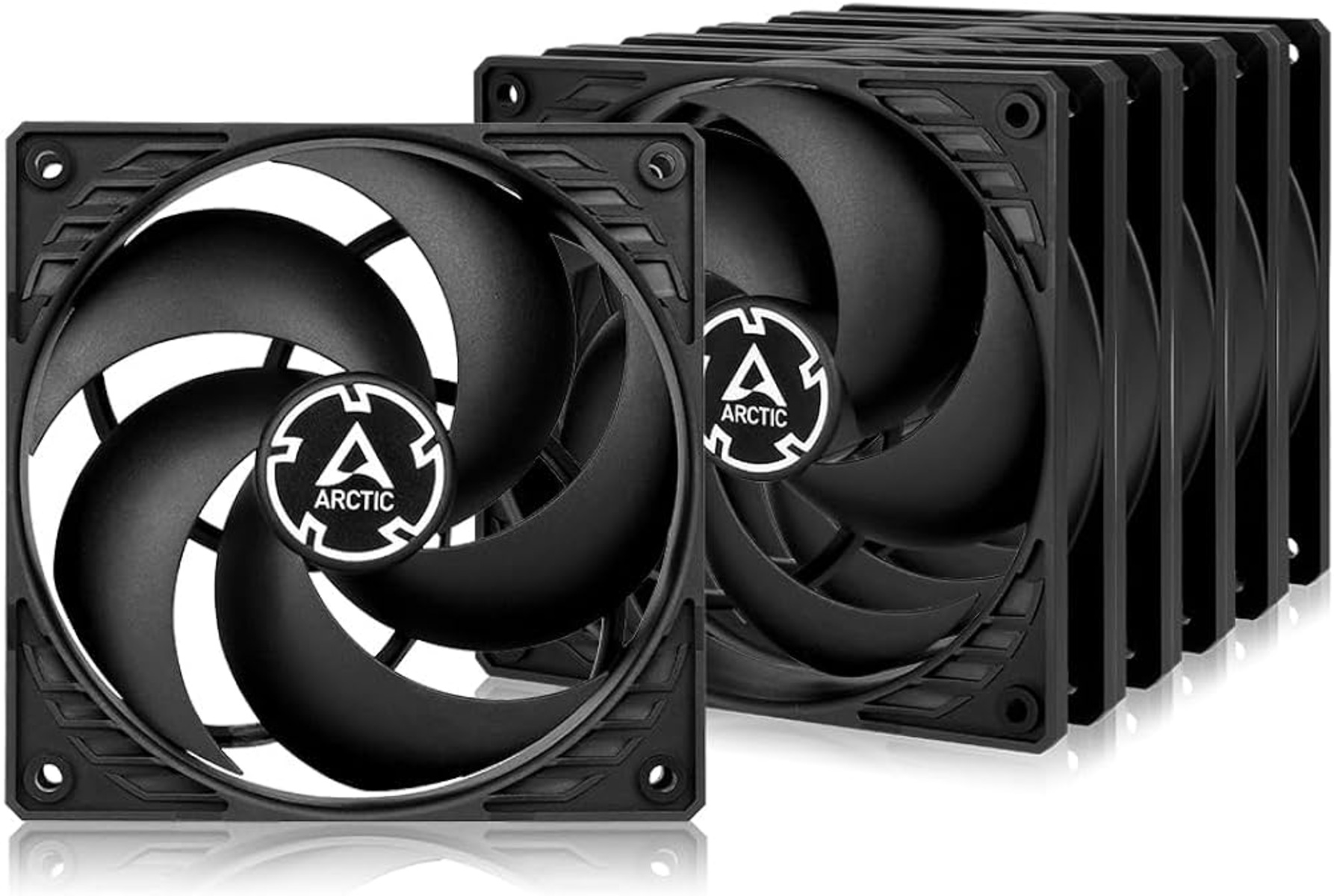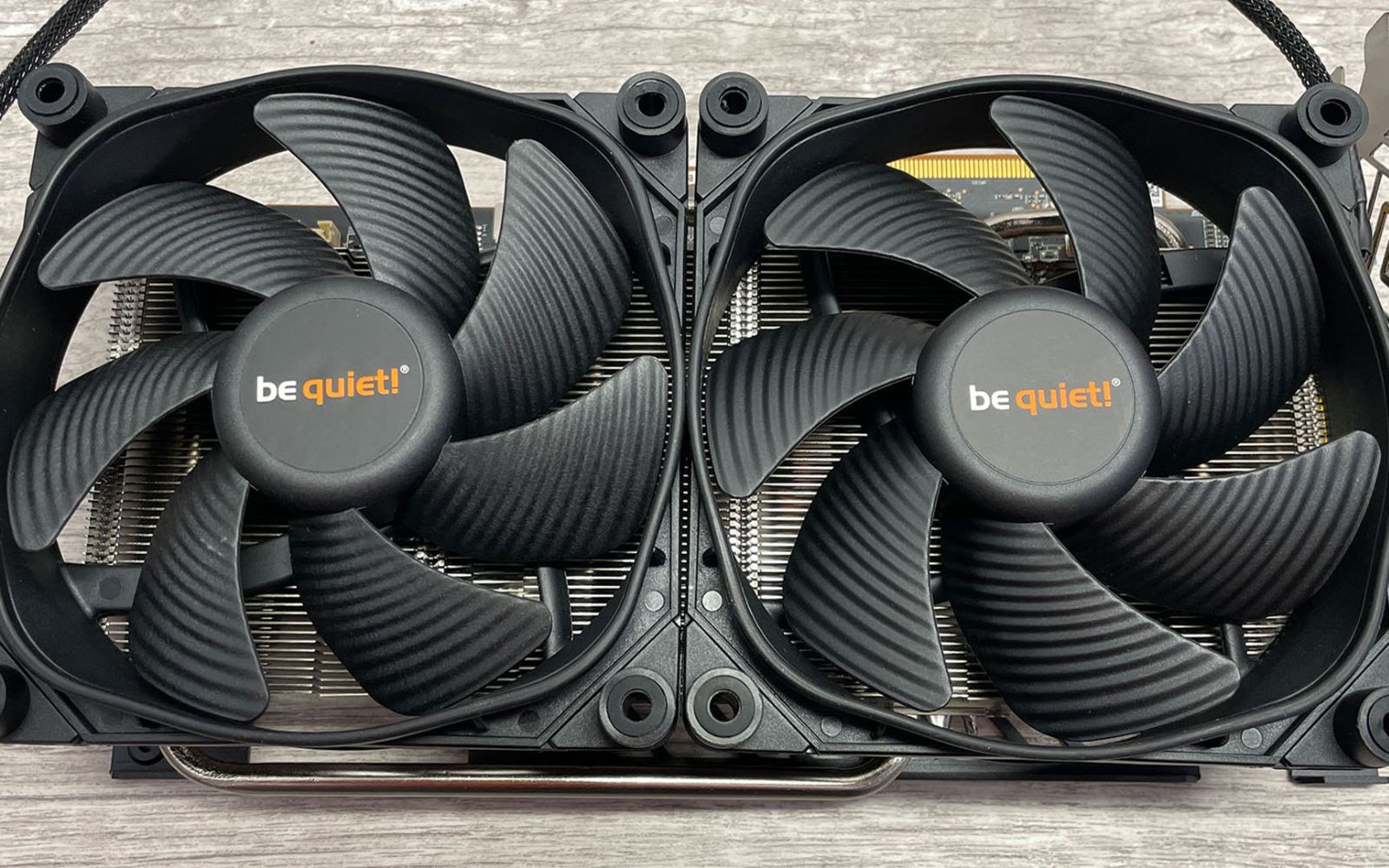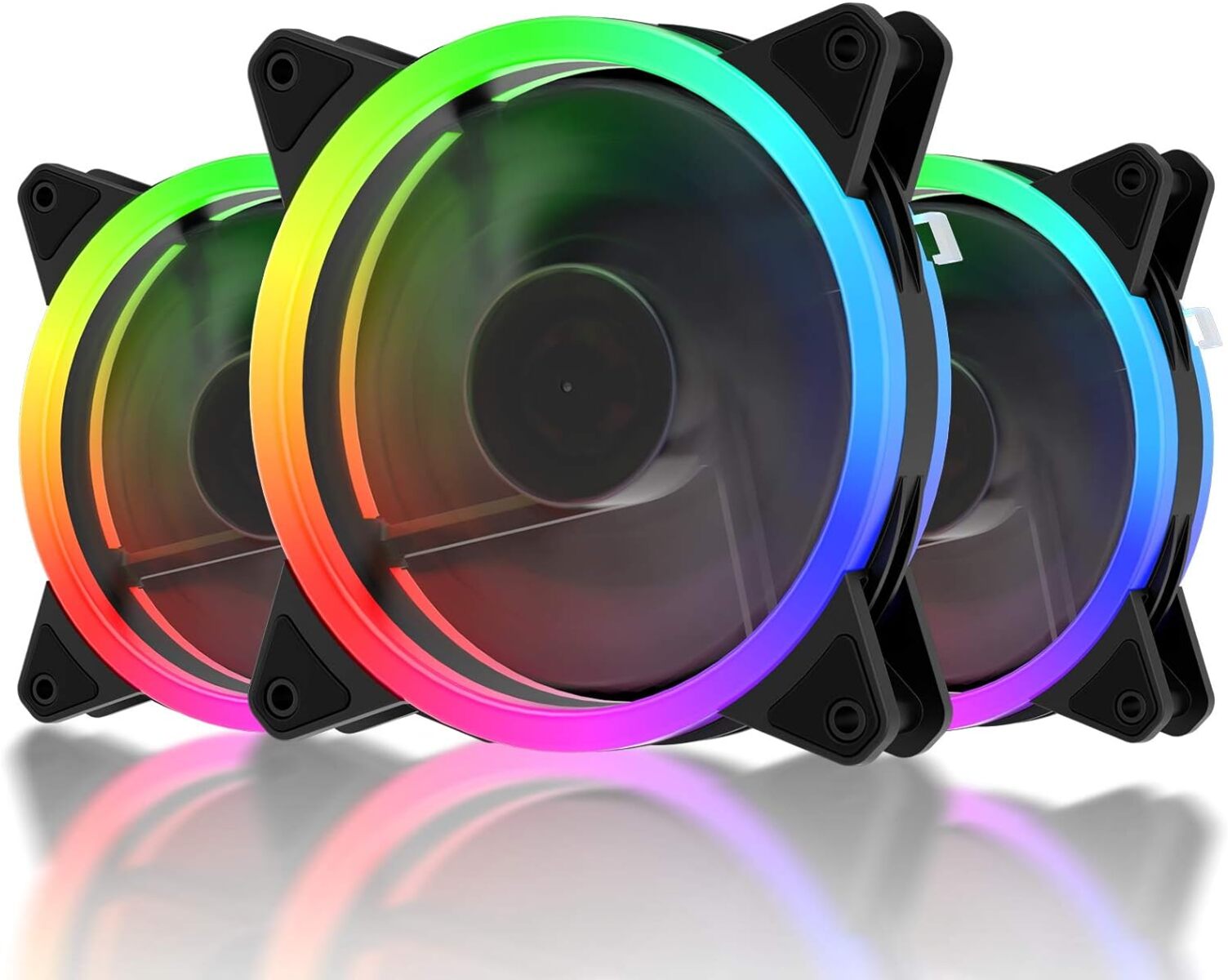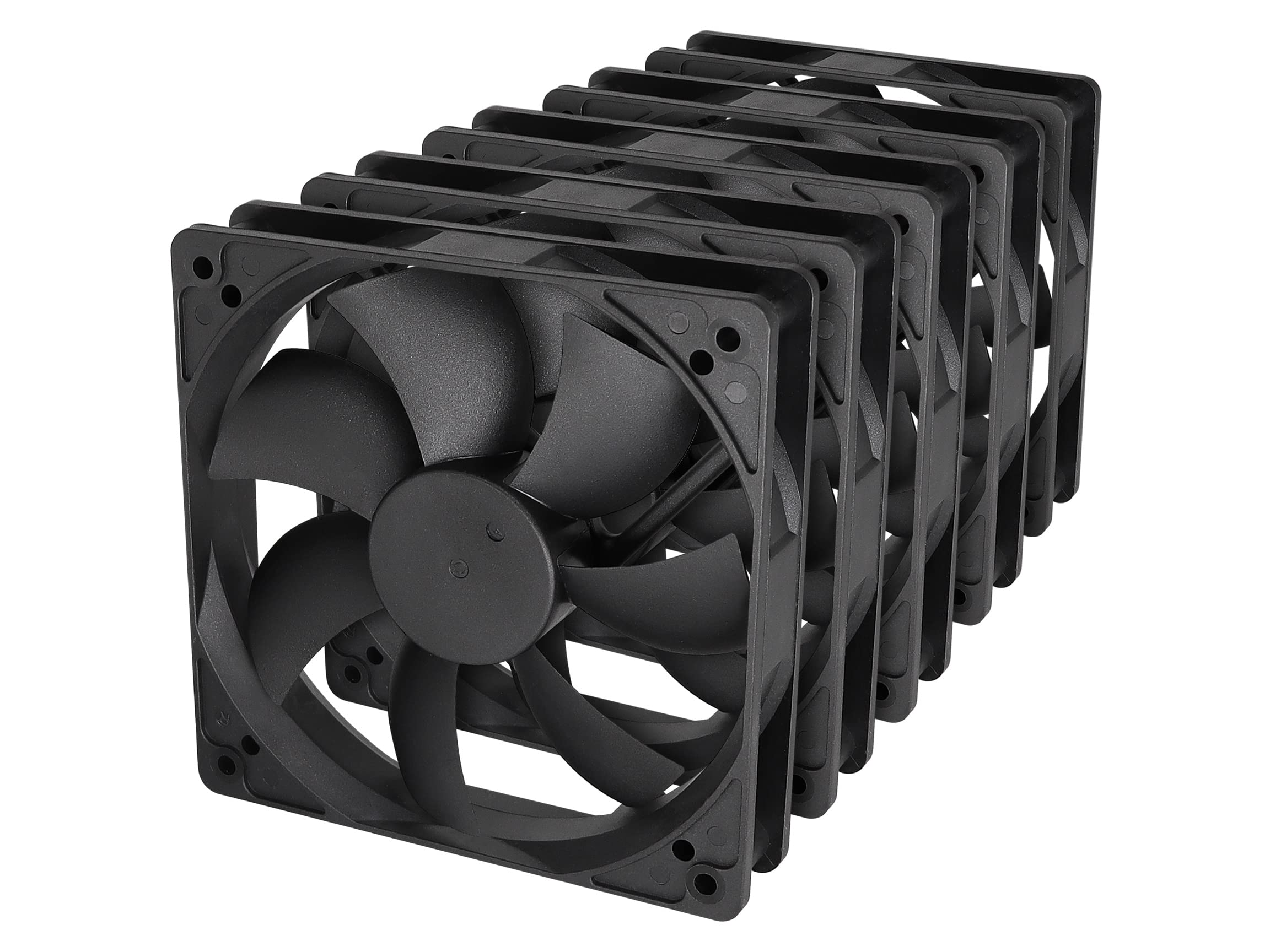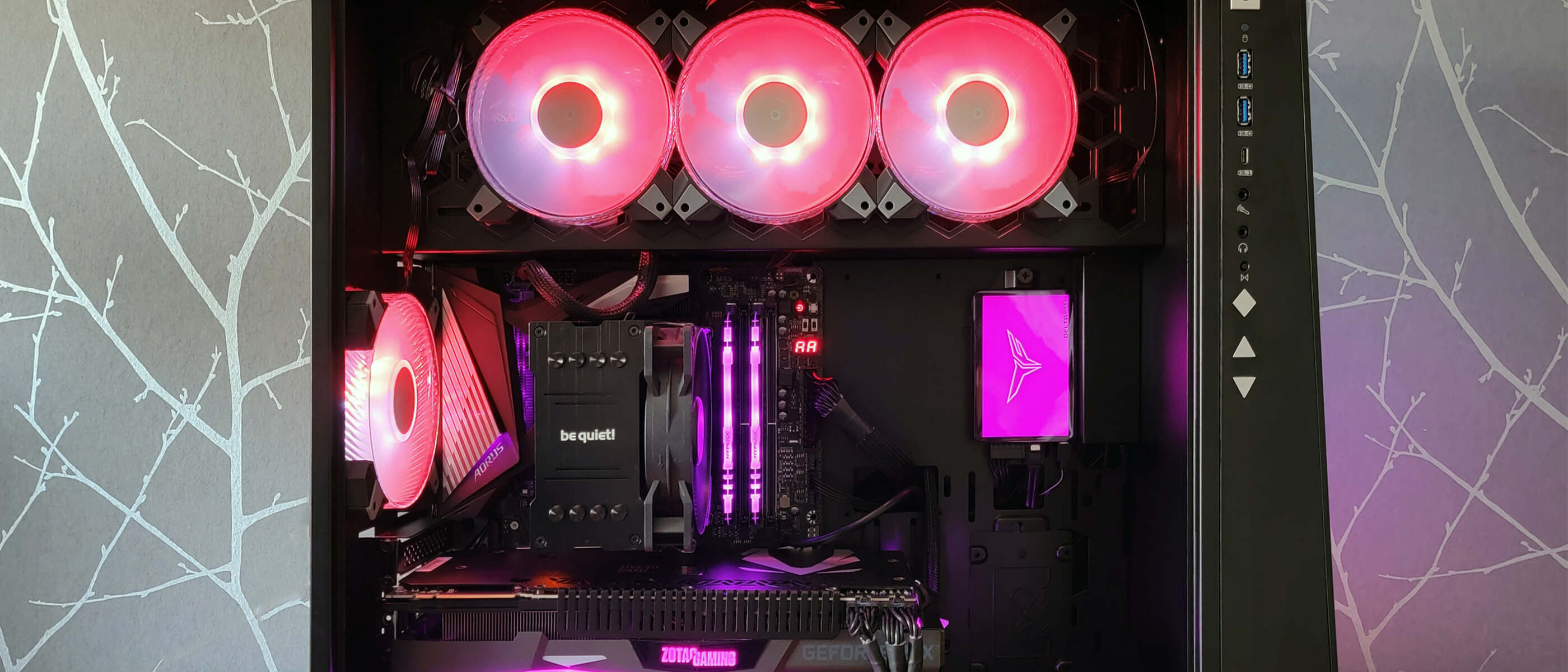Introduction
When it comes to case fans, choosing the right bearing type is crucial for optimal performance and longevity. The bearing type determines how the fan rotates and affects its noise level, lifespan, and overall efficiency. With various options available, it can be challenging to determine the best bearing type for your needs.
In this article, we will explore the different types of bearing commonly used in case fans and discuss their pros and cons. We will examine sleeve bearings, ball bearings, fluid dynamic bearings, and magnetic levitation bearings, providing a comprehensive comparison to help you make an informed decision.
Each bearing type has its own unique characteristics, which can significantly impact the fan’s operation and performance. By understanding the differences between these bearing types, you can ensure that you choose the one that best meets your requirements.
Whether you are an avid gamer looking to keep your rig cool during intense sessions or a PC enthusiast focused on achieving maximum airflow, selecting the right bearing type can make a noticeable difference. So, without further ado, let’s dive into the world of case fan bearings and find out which one suits your needs the best.
Sleeve Bearings
Sleeve bearings, also known as sleeve bushings or plain bearings, are one of the most common types used in case fans. They consist of a sleeve, typically made of a low-friction material such as oil-impregnated bronze or PTFE (polytetrafluoroethylene), that encases the fan’s shaft. The sleeve is then lubricated by oil or grease to reduce friction and provide smooth rotation.
These bearings offer several advantages. First, they are cost-effective, making them a popular choice for budget-friendly case fans. They also have a simple design, which contributes to their reliability and durability. Sleeve bearings are often rated for a long lifespan, typically around 30,000 to 40,000 hours, making them suitable for regular use in desktop computers.
However, sleeve bearings do have some drawbacks. One of the main concerns is the potential for increased noise levels over time. As the lubricating oil dries up, the friction between the shaft and sleeve may increase, resulting in a humming or grinding noise. Additionally, sleeve bearings are more prone to wear and tear, especially in high-heat environments. This can lead to reduced performance or even complete fan failure if not properly maintained.
Despite these limitations, a well-maintained sleeve bearing fan can still provide reliable cooling performance for everyday use. Regularly cleaning the fan and reapplying lubrication can help mitigate the noise and increase the lifespan of the bearings. If you are on a tight budget or have moderate cooling needs, a case fan with sleeve bearings can be a suitable choice.
Ball Bearings
Ball bearings are another popular type of bearing used in case fans. Unlike sleeve bearings, ball bearings consist of small metal balls that support the fan’s shaft and reduce friction. This design allows for smoother and more efficient rotation, resulting in reduced noise levels and improved overall performance.
One of the key advantages of ball bearings is their durability and lifespan. They are typically rated for a longer lifespan than sleeve bearings, often ranging from 50,000 to 100,000 hours. This makes them an excellent choice for users who require continuous and reliable cooling for extended periods.
In addition to their longevity, ball bearings also offer better tolerance to high temperatures. They can withstand higher heat levels without sacrificing performance or experiencing premature failure. This makes them suitable for demanding applications, such as overclocked systems or servers, where temperature management is essential.
However, ball bearings do have a couple of drawbacks. Firstly, they are more expensive to manufacture, which can increase the cost of case fans equipped with ball bearings. Secondly, while they generally operate quietly, ball bearings can develop a distinct clicking sound if they become worn or damaged. Regular maintenance, including periodic cleaning and lubrication, can help minimize this issue.
Overall, ball bearings are an excellent choice for users who prioritize long-term reliability and efficiency. If you have a higher budget and require a case fan that can withstand demanding conditions without compromising performance, a fan with ball bearings is worth considering.
Fluid Dynamic Bearings
Fluid Dynamic Bearings (FDB) are a popular type of bearing used in case fans and are known for their excellent balance between performance, noise level, and longevity. FDBs operate by creating a thin layer of lubricating fluid between the rotating shaft and the bearing, resulting in reduced friction and smooth rotation.
One of the key advantages of FDBs is their quiet operation. The use of a lubricating fluid minimizes noise and vibration, making them ideal for applications where low noise levels are essential, such as media centers or recording studios. Additionally, FDBs offer excellent longevity, often with a rated lifespan of 100,000 hours or more, ensuring reliable cooling over an extended period.
Another advantage of FDBs is their resistance to high temperatures. The lubricating fluid used in these bearings is designed to withstand elevated temperatures, providing consistent performance even in demanding environments. This makes FDBs suitable for individuals who require reliable cooling solutions for overclocked systems or high-performance gaming rigs.
However, it is worth noting that FDBs are typically more expensive compared to sleeve or ball bearings. The complex design and higher manufacturing costs contribute to the increased price tag. Additionally, while FDBs offer impressive performance and longevity, they may not be necessary for every user. If you have less demanding cooling requirements or are on a tighter budget, alternative bearing types may be more suitable.
Overall, Fluid Dynamic Bearings are an excellent choice for users who prioritize quiet operation, longevity, and reliable cooling. The combination of reduced noise, long lifespan, and resistance to high temperatures makes them an ideal choice for enthusiasts and professionals who require high-performance cooling solutions.
Magnetic Levitation Bearings
Magnetic Levitation (Mag Lev) bearings are a cutting-edge technology used in some premium case fans. Unlike traditional bearings that rely on physical contact for support, Mag Lev bearings utilize magnetic fields to suspend the fan’s rotor in mid-air. This unique design allows for incredibly smooth and frictionless rotation, resulting in several notable advantages.
One of the key benefits of Mag Lev bearings is their exceptional performance. The absence of physical contact eliminates any potential friction or wear, ensuring a near-silent operation and improved efficiency. These bearings can achieve high rotational speeds without generating excessive noise, making them an excellent choice for users who prioritize quiet computing environments.
In addition to their whisper-quiet operation, Mag Lev bearings offer impressive longevity. With no physical contact between parts, there is minimal wear and tear, resulting in a longer lifespan when compared to traditional bearing types. Some Mag Lev fans are rated for up to 200,000 hours or more, providing lasting reliability for demanding applications.
Another advantage of Mag Lev bearings is their resistance to dust and debris accumulation. The absence of physical contact means there are no rubbing surfaces that can attract and trap particles. This makes Mag Lev fans easier to clean and maintain, ensuring optimal airflow over time and minimizing any potential performance degradation.
However, it is important to note that Mag Lev fans can be more expensive than other types of bearings due to the advanced technology involved. They are often found in high-end, premium case fans designed for enthusiasts and professionals who demand the best performance and longevity.
Overall, Magnetic Levitation bearings are an excellent choice for users who prioritize near-silent operation, exceptional performance, and long-term reliability. If you are willing to invest in a premium case fan and value cutting-edge technology, a Mag Lev fan could be the perfect choice for your system.
Comparison of Bearing Types
Now that we have explored the different bearing types used in case fans, let’s compare them based on some key factors. Understanding these comparisons can help you make an informed decision when selecting the most suitable bearing type for your needs.
1. Noise Level: Sleeve bearings tend to generate more noise over time as the lubricating oil dries up. Ball bearings and fluid dynamic bearings offer quieter operation, with fluid dynamic bearings being particularly silent due to their design. Magnetic Levitation bearings can achieve near-silent operation.
2. Lifespan: Sleeve bearings typically have a lifespan of around 30,000 to 40,000 hours, while ball bearings generally last longer, ranging from 50,000 to 100,000 hours. Fluid dynamic bearings and magnetic levitation bearings often offer the longest lifespan, with some rated for over 100,000 hours, ensuring durability and prolonged use.
3. Heat Resistance: Sleeve bearings are more prone to wear and tear in high-heat environments, whereas ball bearings and fluid dynamic bearings can handle higher temperatures without compromising performance. Magnetic Levitation bearings also exhibit excellent heat resistance.
4. Price: Sleeve bearings are usually the most affordable option, making them suitable for budget-conscious users. Ball bearings and fluid dynamic bearings typically come at a slightly higher price point due to their improved performance and longevity. Magnetic Levitation bearings are the most expensive due to their advanced technology.
5. Maintenance: Sleeve bearings require regular maintenance, including cleaning and lubrication, to maintain optimal performance and reduce noise. Ball bearings, fluid dynamic bearings, and magnetic levitation bearings generally require less maintenance.
It’s important to consider these factors when choosing a bearing type for your case fan. Take into account your specific needs, budget, and desired performance to select the most suitable option.
Ultimately, the best bearing type for you will depend on your individual requirements and priorities. Whether you prioritize noise reduction, longevity, heat resistance, or a balance of all factors, there is a bearing type that will meet your needs and deliver optimal cooling performance for your system.
Factors to Consider When Choosing a Bearing Type
When selecting a bearing type for your case fan, it’s important to consider several factors to ensure that you make the right choice. Here are some key considerations to keep in mind:
1. Noise Level: If having a quiet computing environment is essential to you, consider opting for bearings known for their low noise operation, such as fluid dynamic bearings or magnetic levitation bearings.
2. Performance and Longevity: Consider the expected lifespan of the bearing type you are considering. If you require a case fan that will withstand constant use for an extended period, options like ball bearings, fluid dynamic bearings, or magnetic levitation bearings with their longer lifespans may be preferable.
3. Budget: Determine the amount you are willing to spend on a case fan and consider the cost of different bearing types. Sleeve bearings are generally the most cost-effective option, while ball bearings, fluid dynamic bearings, and magnetic levitation bearings are typically more expensive. Decide on the balance between budget and performance that suits your needs.
4. Heat Resistance: Evaluate the operating temperature of your system. If you have a demanding setup that generates significant heat, consider bearings like ball bearings, fluid dynamic bearings, or magnetic levitation bearings that are known for better heat resistance.
5. Maintenance and Ease of Use: Determine the level of maintenance you are willing to undertake. Sleeve bearings require more regular cleaning and lubrication compared to other bearing types. If you prefer a low-maintenance option, consider ball bearings, fluid dynamic bearings, or magnetic levitation bearings.
6. Application-Specific Needs: Consider the specific requirements of your system. For example, if you are building a gaming PC or a server that needs to be overclocked, you may want to prioritize performance and longevity, making options like fluid dynamic bearings or magnetic levitation bearings more suitable.
By considering these factors, you can make an informed decision when selecting the most suitable bearing type for your case fan. Remember to weigh the advantages and limitations of each bearing type against your priorities and requirements to ensure optimal cooling performance for your system.
Conclusion
Choosing the right bearing type for your case fan is crucial in achieving optimal cooling performance and longevity. Understanding the differences between the various bearing types can help you make an informed decision based on your specific needs and priorities.
Sleeve bearings offer a cost-effective choice for users on a budget, but they may require more regular maintenance and can generate more noise over time. Ball bearings provide excellent longevity and heat resistance, making them suitable for demanding applications. Fluid dynamic bearings offer a balance between performance, noise level, and durability, while magnetic levitation bearings excel in providing almost silent operation and exceptional performance.
Consider factors such as noise level, performance, longevity, heat resistance, maintenance requirements, and your specific application when selecting a bearing type. Evaluate your budget and strike a balance between cost and performance.
Ultimately, the best bearing type for your case fan will depend on your individual requirements. Whether you prioritize low noise levels, extended lifespan, heat resistance, or a combination of factors, there is a bearing type that suits your needs.
By choosing the right bearing type, you can ensure efficient and effective cooling for your system, providing a stable and optimal computing environment for your tasks, whether it’s gaming, content creation, or high-performance computing.
Take the time to research and consider the advantages and limitations of each bearing type. By making an informed decision, you can maximize the performance and longevity of your case fan, contributing to the overall performance and reliability of your system.







